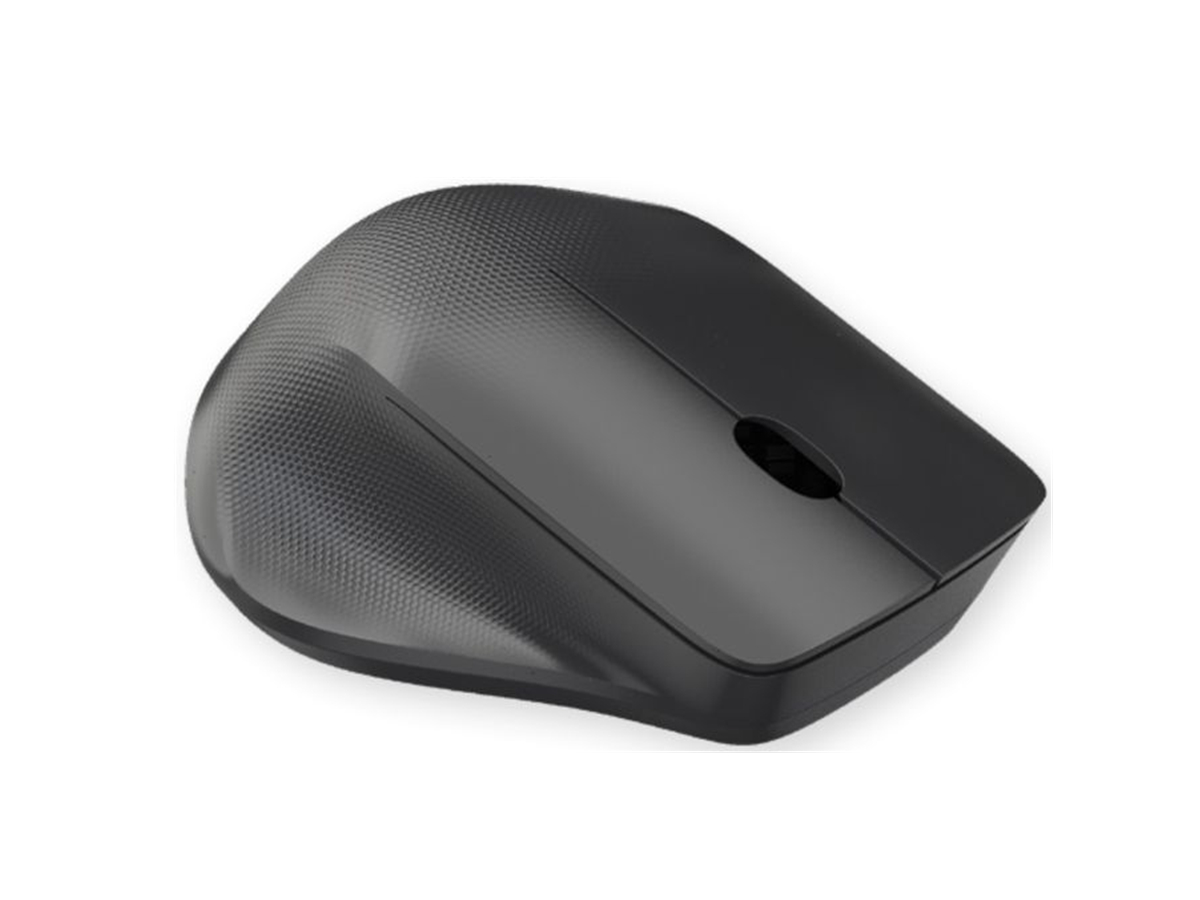Plastic 3D Printing: Cost-Effective and Versatile Prototyping & Production
Introduction to Plastic 3D Printing
Plastic 3D printing has become a leading technology in prototyping and small-batch production due to its cost-effectiveness, versatility, and ease of use. From functional prototypes to end-use parts, plastic 3D printing can produce components with complex geometries that traditional manufacturing methods may struggle to achieve. This technology is widely used in automotive, aerospace, medical, and consumer goods industries, where cost-effective and high-performance parts are needed quickly.
At Neway 3D Printing, we offer a wide range of plastic 3D printing services using high-quality materials such as Polylactic Acid (PLA), Acrylonitrile Butadiene Styrene (ABS), and Polycarbonate (PC) to produce cost-effective prototypes and parts that meet the specific needs of your application. Whether you need a prototype for testing or production-grade components, our plastic 3D printed parts offer excellent performance and design flexibility.
Material Performance Matrix
Material | Temperature Resistance (°C) | Corrosion Resistance (ASTM B117 Salt Spray) | Wear Resistance (Pin-on-Disc Test) | Ultimate Tensile Strength (MPa) | Application |
|---|---|---|---|---|---|
60 | Moderate (300 hours) | Medium (CoF: 0.5) | 50 | Prototypes, Consumer Goods | |
105 | Good (1000 hours) | High (CoF: 0.3) | 70 | Automotive, Electronics | |
120 | Very Good (2000 hours) | Very High (CoF: 0.2) | 80 | Aerospace, Medical, Industrial | |
150 | Moderate (800 hours) | High (CoF: 0.35) | 60 | Robotics, Automotive |
Material Selection Guide for Plastic 3D Printing
When selecting plastic materials for 3D printing, consider the following factors:
Temperature Resistance: For applications exposed to moderate to high temperatures, materials like Polycarbonate (PC) (120°C) and ABS (105°C) offer excellent performance and are ideal for automotive, aerospace, and industrial components.
Corrosion Resistance: Materials like PLA and ABS provide good to moderate corrosion resistance, making them suitable for consumer products and automotive applications exposed to environmental conditions.
Wear Resistance: ABS and Polycarbonate (PC) offer high wear resistance, making them ideal for automotive parts, electronics, and industrial components that undergo friction or mechanical stress.
Strength and Durability: Polycarbonate (PC) provides the highest strength and durability, making it suitable for aerospace, medical, and other critical applications requiring tough, reliable components.
Process Category Matrix for Plastic 3D Printing
Process | Material Compatibility | Build Speed | Precision | Surface Finish |
|---|---|---|---|---|
PLA, ABS, Nylon, Polycarbonate | High (50-100 mm/h) | Moderate (±0.2mm) | Rough (Ra > 10 µm) | |
PLA, Resin | Moderate (30-60 mm/h) | Very High (±0.05mm) | Fine (Ra < 5 µm) | |
Nylon, Polycarbonate | Moderate (20-40 mm/h) | High (±0.1mm) | Rough to Smooth | |
Nylon, Polycarbonate | High (50-100 mm/h) | Very High (±0.05mm) | Smooth (Ra < 5 µm) |
Process Performance Insights:
Fused Deposition Modeling (FDM): Known for its simplicity and cost-effectiveness, FDM is ideal for creating prototypes and functional parts. It's commonly used for materials like PLA and ABS that do not require extreme precision but are perfect for low-cost production runs.
Stereolithography (SLA): SLA is suitable for high-precision parts, offering fine surface finishes (Ra < 5 µm) for prototypes and detailed components. It is widely used in consumer goods, jewelry, and medical applications.
Selective Laser Sintering (SLS): SLS provides high strength and durability, making it suitable for production parts. It’s ideal for creating complex geometries and is often used for industrial and functional prototypes in materials like Nylon and Polycarbonate.
Multi Jet Fusion (MJF): MJF delivers high precision and smooth surface finishes, making it suitable for end-use parts in industries such as automotive, aerospace, and medical. It excels in both strength and surface finish, providing high-quality functional prototypes.
Process Selection Guide for Plastic Parts
Fused Deposition Modeling (FDM): Ideal for low-cost prototypes, educational projects, and simple parts. FDM works well with materials like PLA and ABS, offering good strength-to-weight ratios and ease of use.
Stereolithography (SLA): Best suited for parts requiring high precision and smooth finishes. SLA is perfect for creating detailed components and prototypes, especially in industries like jewelry, dental, and consumer products.
Selective Laser Sintering (SLS): Recommended for strong, durable parts requiring high performance, particularly in automotive, aerospace, and industrial applications. SLS is ideal for producing complex geometries and functional prototypes.
Multi Jet Fusion (MJF): Ideal for high-performance, functional parts with excellent strength, detail, and surface finish. MJF is commonly used for production-grade components in industries such as aerospace and automotive.
Case In-Depth Analysis: Plastic 3D Printed Automotive and Medical Components
Automotive Industry: We produced custom air intake systems for a major automotive client using ABS via FDM. The material’s strength and durability, combined with the precision of FDM, allowed for efficient production of lightweight, high-performance components that meet stringent industry standards.
Medical Industry: We used Polycarbonate (PC) via SLA for a medical device manufacturer to produce surgical tool prototypes. The material’s strength and biocompatibility, coupled with the precision of SLA, ensured the parts met the necessary performance standards while maintaining fine details.
FAQs
What are the benefits of using plastic materials for 3D printing in automotive applications?
How does FDM work with materials like PLA and ABS?
What are the best plastic materials for high-performance prototypes in aerospace?
How does SLA improve the quality of plastic components for medical applications?
What are the cost benefits of using plastic 3D printing for small production runs?

